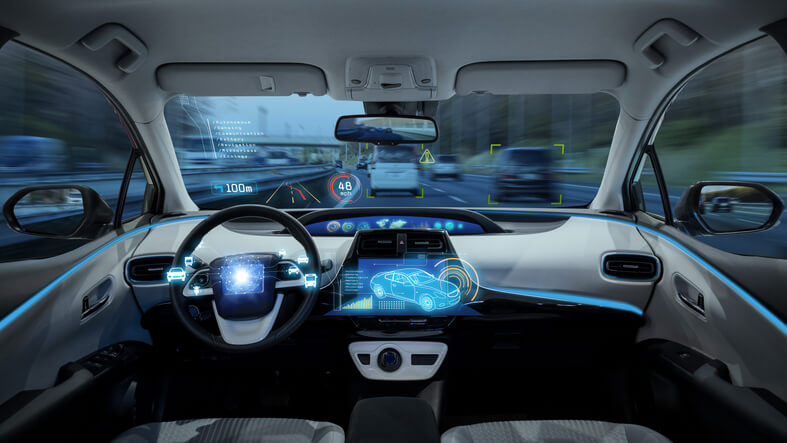Self-Driving Cars 101: How Autonomous Vehicle Technology Will Impact Future Mechanics
Auto mechanic training has seen the evolution of Self-driving cars, also called autonomous vehicles (AVs), which use sensors, cameras, radar, GPS, and artificial intelligence to operate with little or no human input. While fully driverless cars are still being tested, many vehicles already feature semi-autonomous systems like adaptive cruise control, lane-keeping assistance, and automatic braking.
Autonomous vehicles are categorized by levels of automation, from Level 0 (no automation) to Level 5 (full autonomy). Most cars on the road today sit between Level 1 and Level 3, but advanced testing is pushing toward higher levels. For auto mechanic students, this means you’ll likely encounter vehicles that combine traditional systems with advanced self-driving technology throughout your career.
Why Mechanics Will Remain Essential
Some worry that automation could reduce the need for mechanics. In reality, mechanics will remain essential, just in new ways. Autonomous vehicles are expected to see heavier daily use than personal cars, especially in fleet operations like robo-taxis. More time on the road means more wear and tear on parts like brakes, tires, and suspension.
At the same time, fewer human-driven accidents could reduce some types of body work. But when accidents do occur, repairs may be more complex because of sensitive sensors and cameras embedded in bumpers, mirrors, and body panels. Even small fender-benders could require recalibration of safety and navigation systems. Future mechanics will spend more time ensuring these technologies are correctly aligned and fully functional after every repair.

New Challenges in Vehicle Repair
Self-driving cars are essentially high-tech computers on wheels. Mechanics will need to go beyond traditional skills and develop comfort with advanced electronics, software, and calibration equipment. Some of the most important challenges include:
- Sensor Calibration: Autonomous cars depend on lidar, radar, and cameras. After repairs, mechanics must recalibrate these sensors to ensure accurate performance.
- Software and Updates: Mechanics will increasingly install updates and troubleshoot software glitches, much like IT professionals do for computers.
- Electronics Expertise: Understanding wiring, control modules, and digital communication between systems will be critical for accurate diagnostics.
- Hybrid and EV Systems: Many autonomous cars are electric or hybrid. Skills in high-voltage safety and battery systems will be essential for servicing them.
This blend of mechanical and digital problem-solving means tomorrow’s technicians must be versatile and open to continuous learning.

How Auto Mechanic Training Is Evolving
Modern automotive training programs are adapting to prepare students for this shift. Beyond engines and transmissions, students now learn to:
- Interpret data from advanced scan tools.
- Diagnose issues in computerized systems.
- Practice safe procedures for hybrid and electric vehicles.
- Perform sensor alignment and calibration.
Auto mechanic schools are also introducing hybrid and EV courses as a stepping stone into the autonomous vehicle era. By mastering these skills early, students will be better prepared to transition into the new demands of the industry.
Certifications are evolving, too, with professional organizations developing standards for maintaining and calibrating advanced driver-assistance systems (ADAS). This shows how important these skills are becoming across the industry.
The Future for Mechanics
The rise of self-driving cars doesn’t eliminate opportunities in the trade—it expands them. Mechanics will continue to service the physical components of vehicles, while also becoming experts in high-tech systems. The toolbox of the future will include both wrenches and diagnostic laptops.
For students, this means entering an industry that is modern, dynamic, and full of growth opportunities. Mechanics who embrace new technology will be well-positioned to play a vital role in keeping autonomous vehicles safe and reliable.
Interested in preparing for these changes? Explore auto mechanic trainings that emphasize both traditional repair and advanced technology to build a future-proof skill set.

